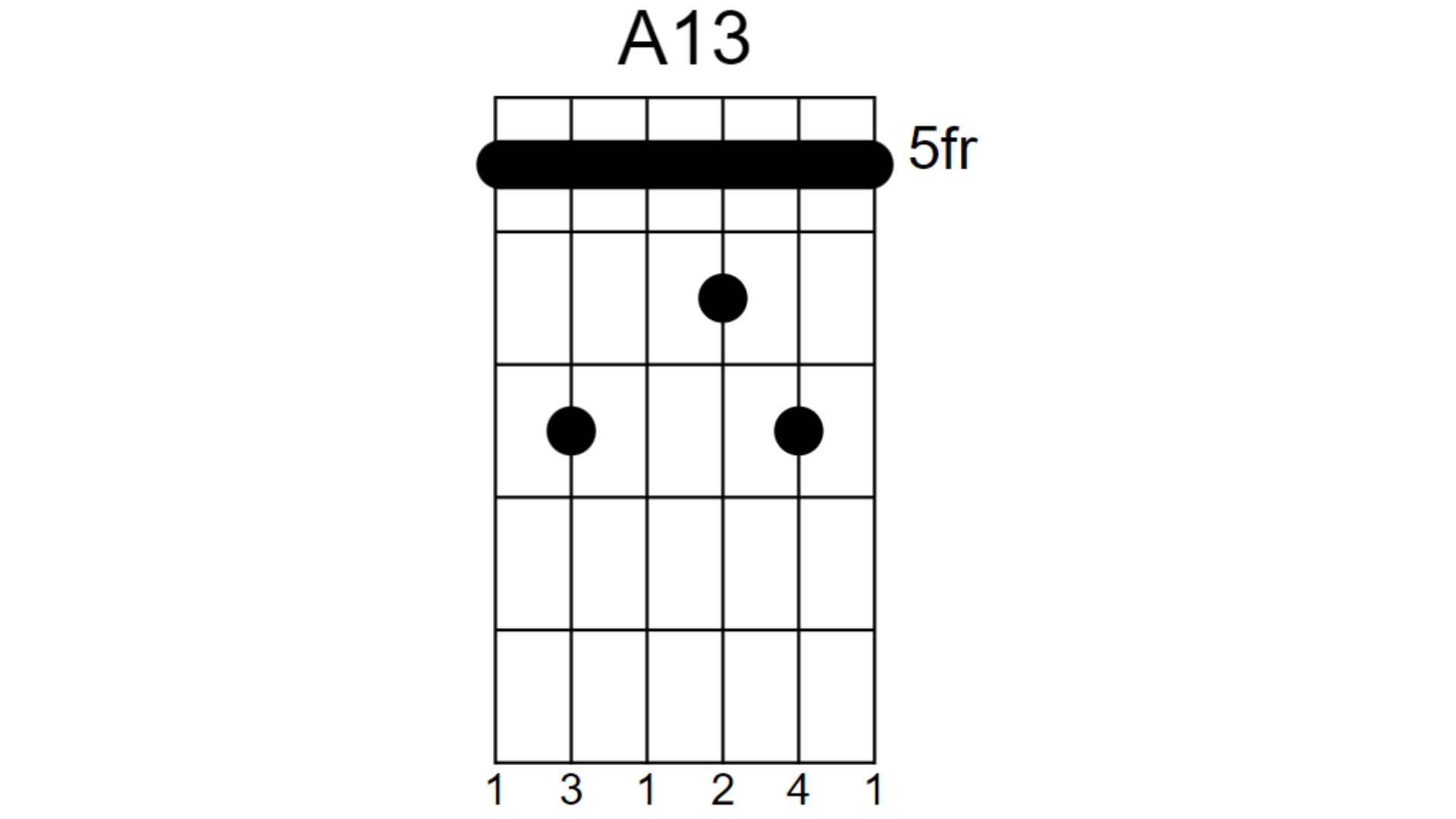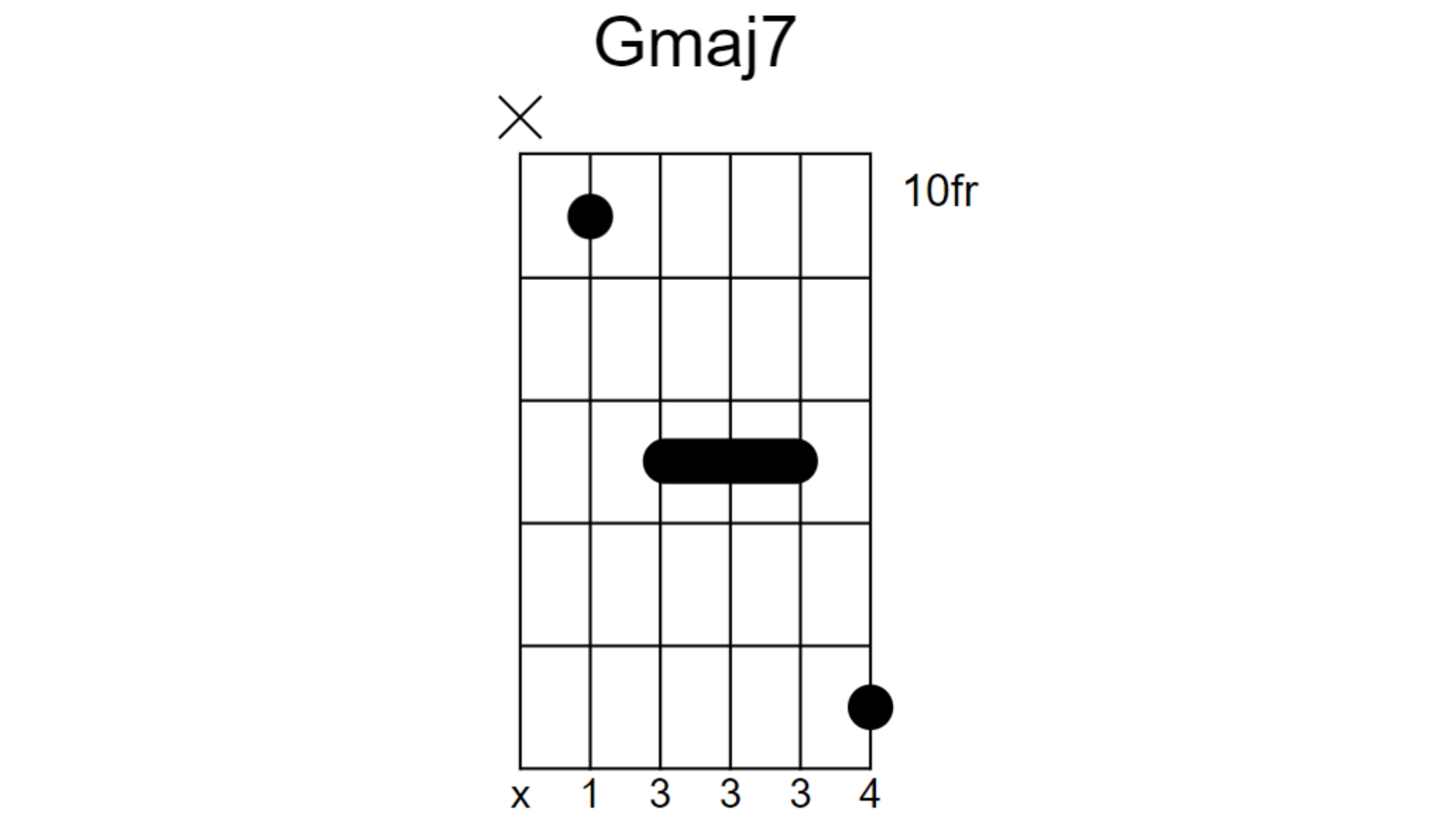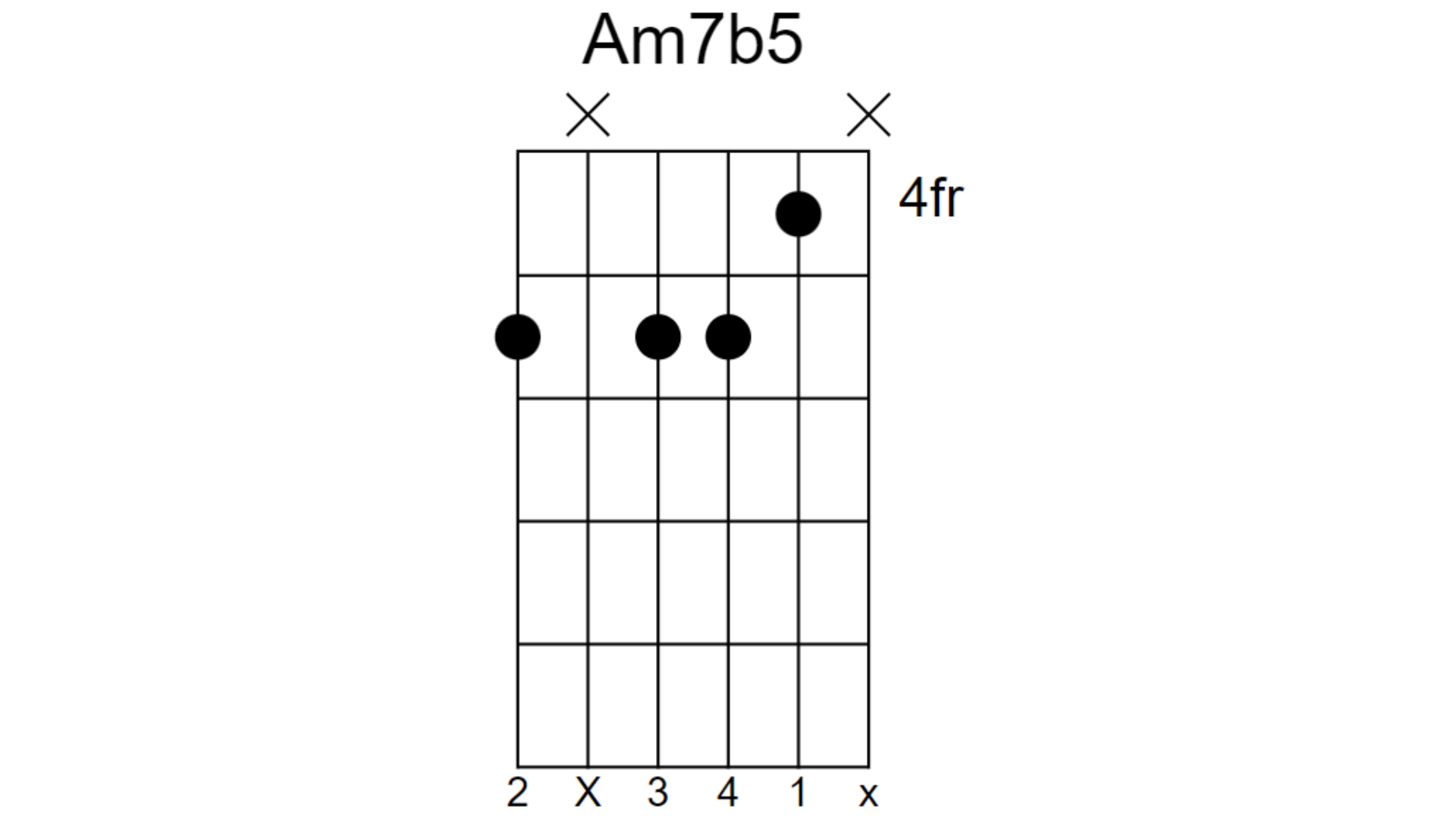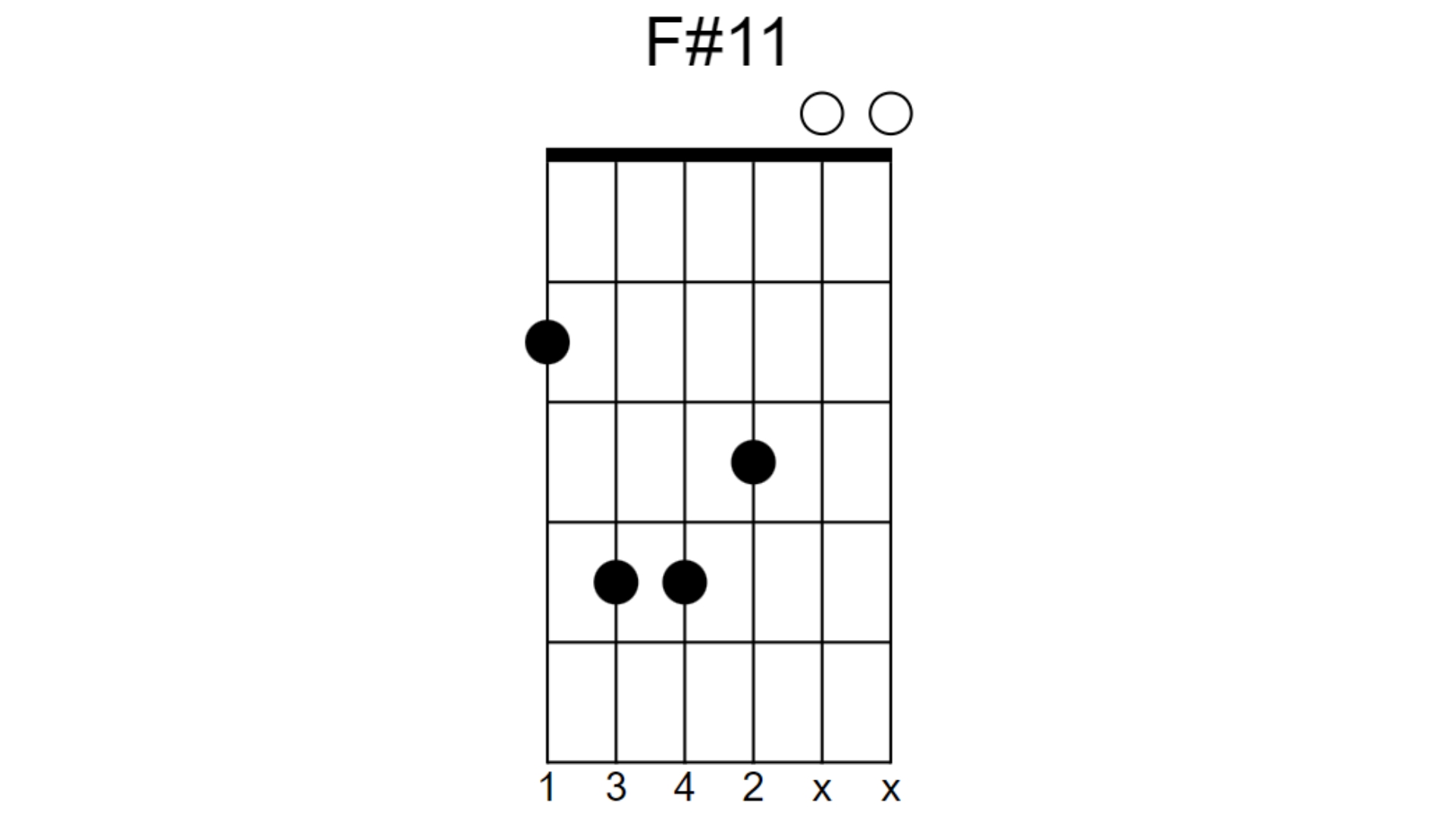The 4 inspiring guitar chords you're probably not using but really should be
This one goes up to F#11

If you’ve ever found yourself feeling bored of the chord progressions that you’re creating, or feel that your songs just lack that special something that makes them great, perhaps the issue lies inside the chords you’re using.
By now you’ve probably exhausted all of your usual chord tricks. In this lesson we’re going to look at four chord shapes that you can put into your songs that will help you break away from the same old sounding chords and bring a new level of inspiration to your playing.
All the chords in this lesson are transposable so they can be used in any position just by moving the shape to a new root note.
A13

The 13 chord is a great alternative to using a Dominant 7 chord in a progression. It is effectively the same shape, but with the 13 interval added by the little finger on the B string. This additional note will give the chord a more jazzy sound.
When using this in a progression, try playing a Dominant 7 chord and hammering on to the 13 mid chord for some melodic movement inside the chord.
Gmaj7

This voicing of a Major 7 chord has a slightly different feel to a conventional Major 7 voicing. In this chord, the Maj7 interval gets placed right at the top of the chord, so what you hear is the major chord as expected, plus the Maj7 interval at the top register of the chord.
This gives the chord a slightly more ethereal feel and sounds great soaked in reverb.
Get the MusicRadar Newsletter
Want all the hottest music and gear news, reviews, deals, features and more, direct to your inbox? Sign up here.
Am7b5

The b5 interval is often one most guitarists dread, that is because this diminished interval often sounds very dissonant and creates a clashing sound that not many people enjoy.
In this voicing, you’re playing a Minor 7 chord with the b5 interval much higher. Placing this interval higher gives you the same diminished, slightly jazzy sound, but without the jarring sound of it clashing against the low root note.
F#11

This chord is a really great songwriting hack. As you can see from the shape, it is derived from an F# barre chord, but the B and E strings are played open. This is a chord most guitarists associate with Rush’s Alex Lifeson.
If you want to easily come up with some dreamy-sounding chord progressions, move the shape around different root notes, but keep the B and E open. This changes the overall identity, but the open B and E will add a nice shimmer to your progressions.
For example, rooted from the 3rd fret makes it a G6, 5th fret makes it an Aadd2, 7th fret makes it Badd4, 8th fret makes it Cmaj7.
Leigh Fuge is a guitar player and content creator with a love for all things '80s. When he’s not creating gear demos for his Youtube channel he’s teaching students via his online guitar course Right Notes Music Tuition. Off camera he spends most of his time travelling around the UK performing at functions and corporate events. www.instagram.com/leighfugeguitar










